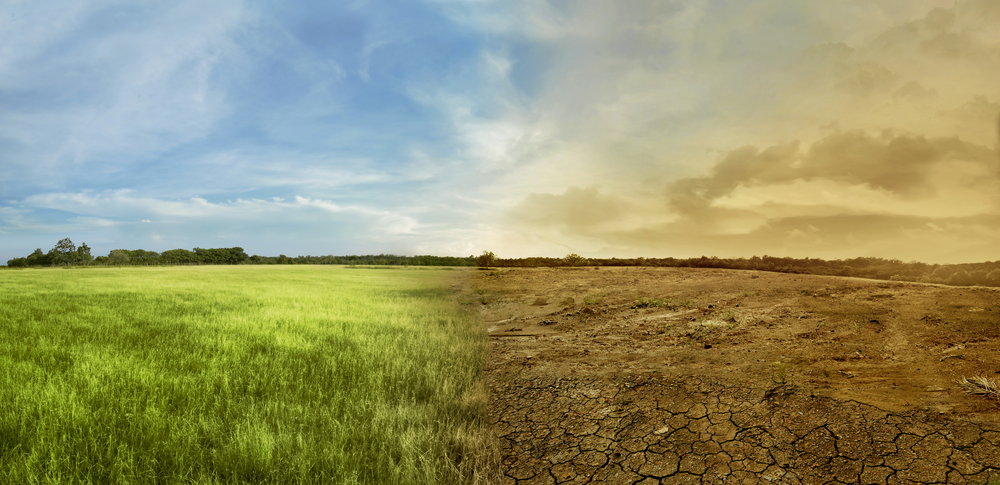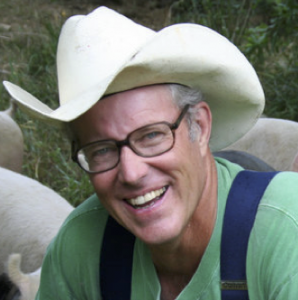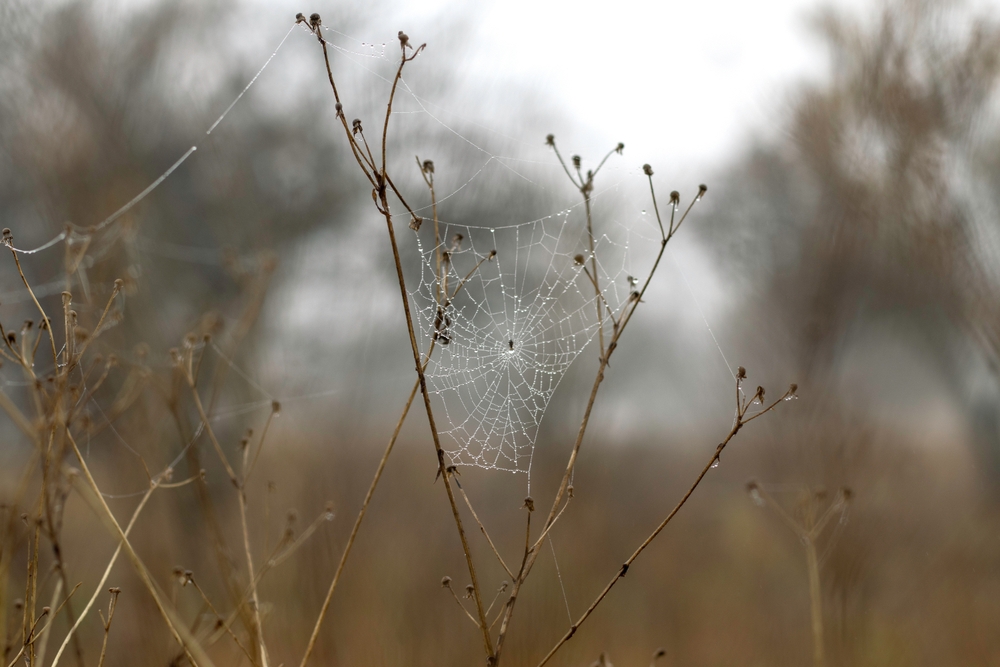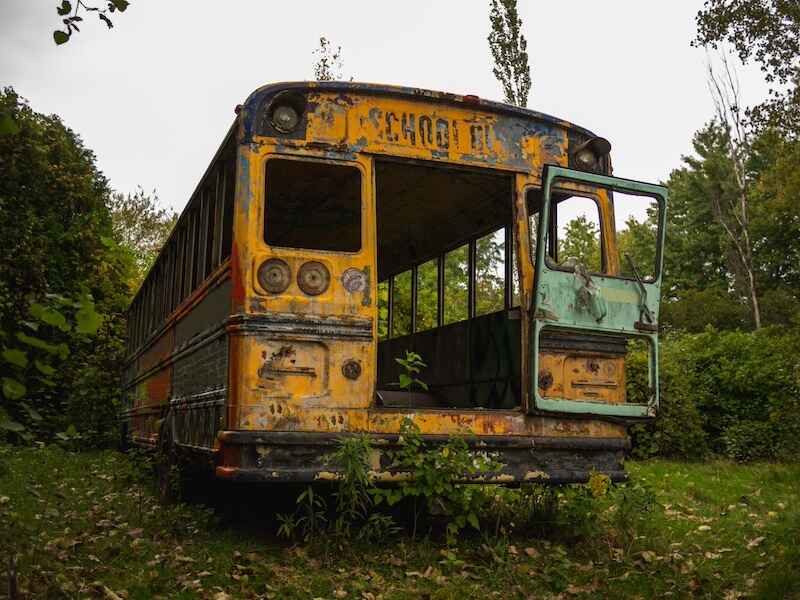Why It Pays to Believe in the Unorthodox
Joel Salatin|December 1, 2020

I was four years old when Mom and Dad bought this gullied rock pile of farm property in Virginia’s Shenandoah Valley.
With his business management degree and economics background, Dad desperately wanted to figure out how to make a living on this farm.
The deteriorated condition of the land made it cheap… but it also made a big hole out of which we needed to climb.
Never afraid to ask advice, Dad contacted the most expert agricultural advisors he could find. Some were private outfits that he paid, and others were government folks paid by taxpayers.
The year was 1961, when school teachers in our country earned about $3,000 a year and you could buy a new car for $2,000. Gas was about a dime a gallon, and factory farms were still in fantasy world.
Although I was quite small, I remember well the conversations around the dinner table with these agricultural advisors. I remember my parents talking after they left as Dad tried to make sense of it all.
Painting the Picture
Our rolling farm, like all the farms in the Shenandoah Valley, had been plowed for nearly two centuries growing grain.
Some 3 to 5 feet of topsoil had eroded either north to the Potomac River and out through Washington, D.C., or south to the James River and out by Richmond. (Both river systems empty into the Chesapeake Bay. The sediment has gradually turned the bay into a turbid and toxic environment that we’re still trying to clean up.)
Our deepest gully was 16 feet from rim to V-bottom. The two rims were 25 feet across. That’s about 80 cubic feet per linear foot of gully, or about a third of a double-axle dump truck.
Many hillsides had these massive parallel gullies one right after another, amounting to thousands upon thousands of truckloads of eroded soil. Sheet erosion on the non-gullied areas exposed rocks and quarter-acre, saucer-shaped shale pits.
Did I mention the farm was in bad shape?
I’m belaboring the condition because I want you to imagine it… to envision it… when I tell you what these agricultural experts advised.
The wooded acreages were torn to shreds by grazing stock and gullies. The hillsides and open ground resembled what you’d see in dust bowl-era Soil Conservation Service pictures.
You have the picture. Now listen to the advice.
Path to Destruction
Universally, across all organizations, the advice was simple: Plant corn, buy chemical fertilizers and pesticides (including DDT), graze the woodlands, build silos, put in a feedyard, and buy expensive farm equipment.
Mind you, these experts did not receive a commission on anything we bought. They were here dispensing nothing but advice.
As my dad looked around the neighborhood, he realized that was the path other farmers took.
Their properties hadn’t degenerated as much as ours had yet because ours had been leased out for about 50 years (1900 to 1950). It had suffered more abuse, to be sure, but the general trajectory in the entire community was toward our farm’s condition.
Farmers were not building soil – they were losing soil.
Farmers were not upgrading their woodlots – they were destroying them with cattle and high-grade cutting (taking the best and leaving the worst).
(The only reason I’m not saying “every single farmer” is to give myself some wiggle room if I ever hear about one who went against the norm. If one did, our family didn’t know about it.)
They followed the advice of these experts. To my knowledge, we were the only farm in the community that went against this advice.
My dad had never made a living farming. He aspired to. But the counsel he received didn’t sit well. He turned it over and over in his mind, trying to figure out how this erosive, exploitive recipe would make him a living.
In the end, he spurned every word and went in the opposite direction.
What Success Looks Like
We planted trees. We sold the plough that was here. We used a 20-year-old tractor and did not have a second one until we’d been here 30 years.
We did not buy fertilizer. We began planting fence posts and experimenting with tightly managed grazing. We purchased a used chipper and began large-scale composting.
We fenced out the woodlot to exclude the cattle and saw new trees begin to sprout.
We spent long hours, even in the moonlight, strewing leaves, limbs, corncobs and anything else carbonaceous on the eroded hillsides. Those obstructions caught surface water runoff, creating tiny terraces, which gave seeds a foothold, and then trees.
Soil began growing up over the rocks. Trees covered the gullies. We built ponds and hauled dirt up into some gullies.
Today, people come from all over the world to see our farm. It’s green when others are brown.
Why?
This story is not about pride and hubris. It is a story to ask a question…
Why do we believe what we believe?
Why would others think their downward trajectory would end in success?
Why did my dad understand that the expert advice was opposite the truth? The experts had charts, graphs, studies and academic credentials, and yet he spurned them all.
Many if not most farmers in the area are out of business, selling or teetering on the brink of collapse.
So today, I’m going on record as being grateful.
I’m thankful that my parents believed what nobody else did. That they had a vision for something most would assume not possible. That they dared to take the contrarian approach.
I don’t know why we believe what we do.
All I know is that my parents believed the unorthodox. They saw what others did not. They did what others would not.
And that has made all the difference.
Thank you, Mom and Dad.
When has defying conventional wisdom paid off for you? Share your story at mailbag@manwardpress.com.

Joel Salatin
Joel Salatin calls himself a Christian libertarian environmentalist capitalist lunatic farmer. Others who like him call him the most famous farmer in the world, the high priest of the pasture, and the most eclectic thinker from Virginia since Thomas Jefferson. Those who don’t like him call him a bioterrorist, Typhoid Mary, a charlatan, and a starvation advocate. With a room full of debate trophies from high school and college days, 12 published books, and a thriving multigenerational family farm, he draws on a lifetime of food, farming and fantasy to entertain and inspire audiences around the world.



